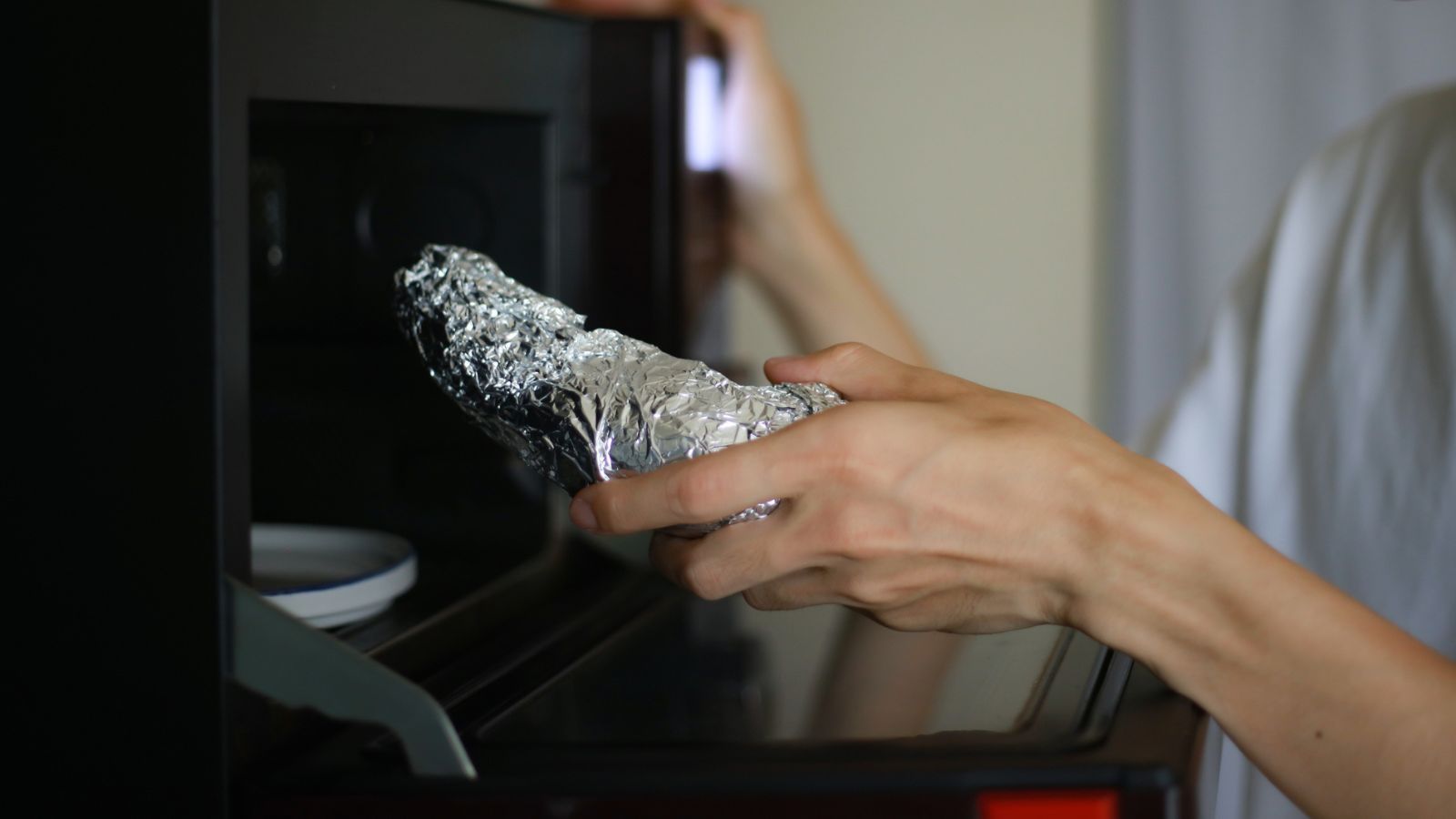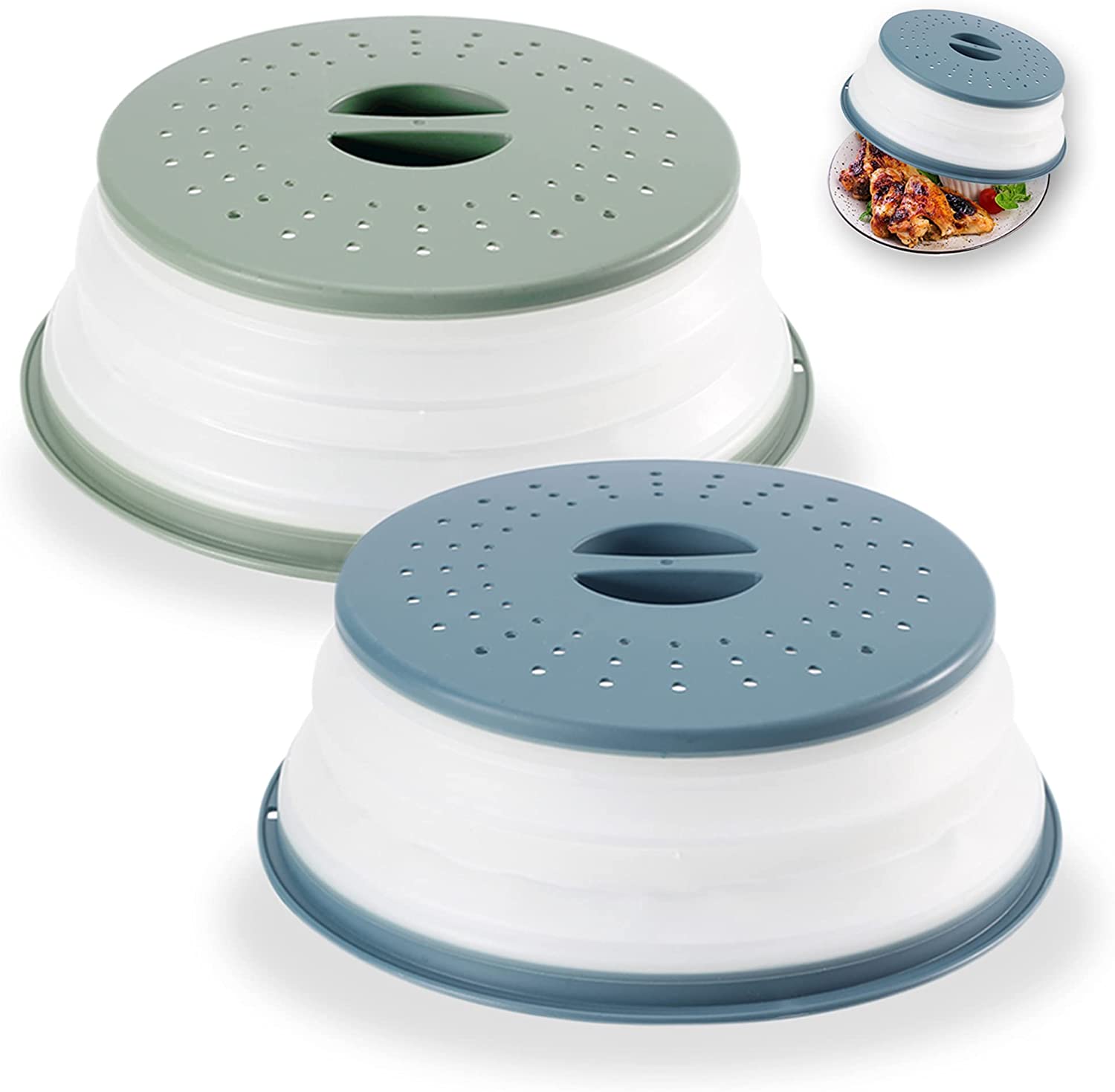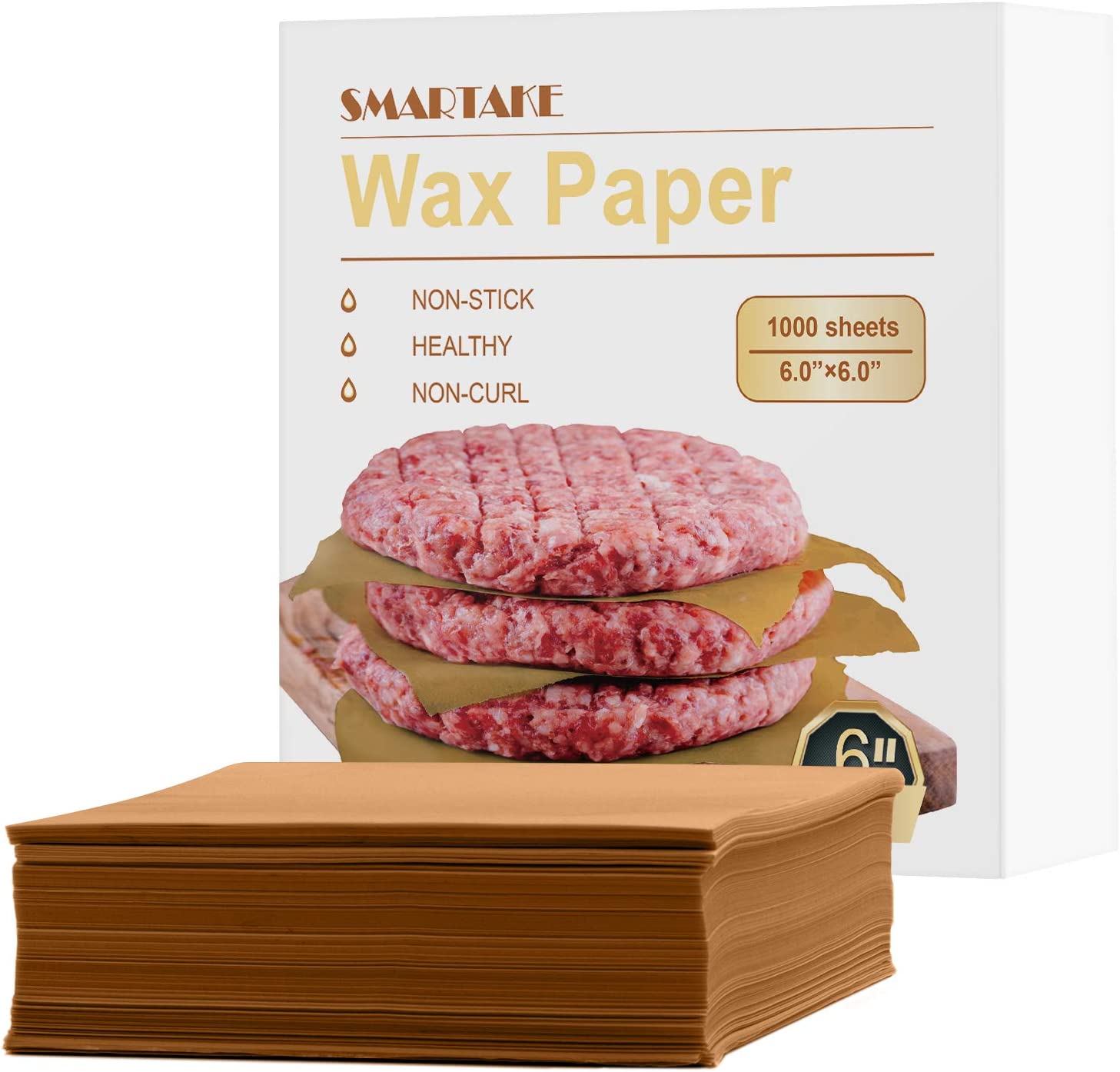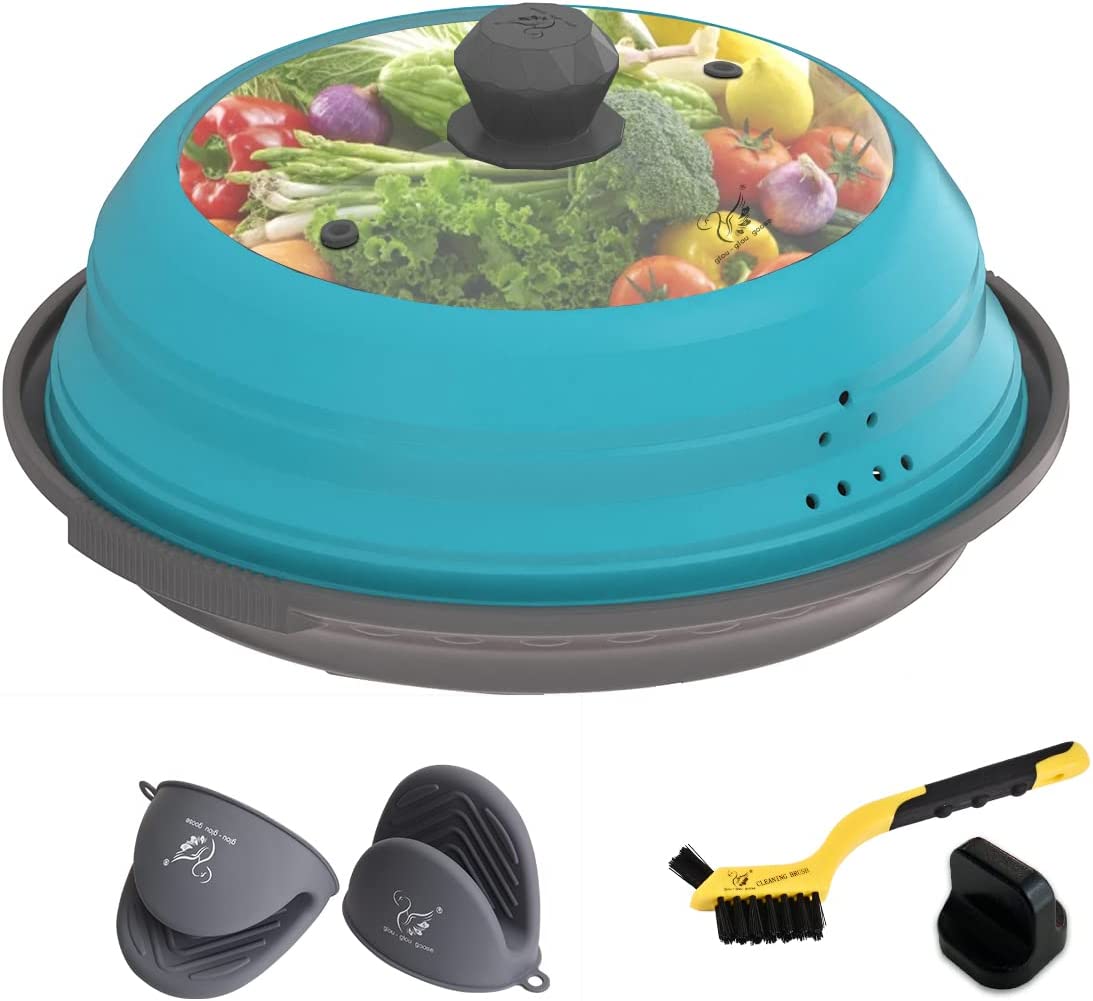Can you put aluminum foil in the microwave? This expert warning may surprise you
The short answer? You can, but you absolutely shouldn't. This is the advice experts caution us with


- What is aluminum foil and how to use it?
- Can you put aluminum foil in the microwave?
- What happens if you put aluminum foil in the microwave?
- What is the safest thing to cover food in a microwave?
- The best microwave-safe food covers
- What to do if a microwave sparks
- What to do if a microwave catches fire
Both aluminum foil and microwaves are considered kitchen staples that make our lives easier, but can the two work together?
The answer is a bit more complicated than a simple yes or no. But, if you're trying to avoid cleaning a microwave by using aluminum foil in it, let us warn you that it’s better (and safer) to avoid using aluminum foil in the microwave altogether.
This is what experts have to say.
What is aluminum foil and how to use it?
Aluminum foil, or tin foil as it’s also called, is a thin metal-based product that is made from '98.5% aluminum with the balance primarily from iron and silicon to give strength and puncture resistance', according to the USDA (U.S. Department of Agriculture).
It is commonly used to cover hot food to keep it warm, to store leftovers, and to cover pans while cooking and baking. You can even safely use aluminum foil in most air fryers, according to Homes & Gardens' Reviews Editor Millie Fender.
Can you put aluminum foil in the microwave?
While we don’t suggest using aluminum foil in the microwave at all – there is a risk of it sparking as it’s made of metal – you can technically use it in the microwave under very, very specific conditions.
However, because these conditions need to be perfectly adhered to in order to safely use aluminum foil in the microwave, we strongly suggest not taking the risk.
Design expertise in your inbox – from inspiring decorating ideas and beautiful celebrity homes to practical gardening advice and shopping round-ups.
According to the team at Wolf Appliances, the only way to use aluminum foil in the microwave is to ensure that you use brand new, smooth foil as wrinkles increase the likelihood of sparking. You also need to make sure that only one quarter of the food you’re heating is covered in foil, and the foil must be at least one inch away from the walls of the microwave. Additionally, the foil should have no edges sticking out and should instead be shaped smoothly to the food or dish.
Even following those instructions perfectly does not completely eliminate the risk of sparking, and the Wolf team suggests you 'immediately remove the foil shielding' if that happens.
Because of the inherent risks and the specific conditions that need to be followed in order to microwave aluminum foil at all, we suggest not taking the risk and leaving your foil behind when you need to microwave anything.
What happens if you put aluminum foil in the microwave?
The FDA advises that completely covered food should not be put in the microwave and that doing so risks the foil heating up and igniting, causing a fire within the microwave.
What is the safest thing to cover food in a microwave?
The safest items to cover food in microwaves are ceramic plates (microwave safe), biodegradable wax paper (again, microwave safe) or paper towels. You can also buy microwave dish covers. These are our favorite tried and tested buys, below.
The best microwave-safe food covers
What to do if a microwave sparks
If a microwave sparks, switch off the appliance immediately and remove the metal item with as much care as possible.
What to do if a microwave catches fire
If your microwave catches fire, turn it off and unplug it at the power outlet. Do not be tempted to open the microwave door. Instead, wait until the lack of oxygen suffocates the fire completely. Obviously if the fire doesn't burn out within seconds, call 911.

Bridget Mallon is an experienced design and lifestyle editor with over a decade of experience in the field. She was previously the Editorial Director at The Spruce and MyDomaine and has held positions at Apartment Therapy, HGTV, Elle Decor, and Veranda. Her work can also be found on sites like Cosmopolitan, Esquire, The Huffington Post, and House Beautiful. Bridget studied journalism through the Honors Tutorial College at Ohio University. She graduated Magna Cum Laude in 2013. Bridget writes about all things home for Homes & Gardens.


